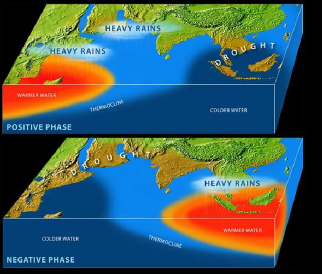Figure 8 – walker cell and Indian Monsoon
3.2.5. Indian Ocean Dipole
The Indian Ocean Dipole (IOD) also known as the Indian Nino is a coupled Ocean-atmosphere phenomenon in the Indian Ocean. It is defined by the difference in sea surface temperature between two areas (or poles, hence a dipole) – a western pole in the Arabian Sea (western Indian Ocean) and an eastern pole in the eastern Indian Ocean south of Indonesia. The IOD involves a periodic oscillation of sea-surface temperatures (SST), between "positive", "neutral" and "negative" phases. A positive phase sees greater-than-average sea-surface temperatures and greater precipitation in the western Indian Ocean region, with a corresponding cooling of waters in the eastern Indian Ocean—which tends to cause droughts in adjacent land areas of Indonesia and Australia (Figure 9). The negative phase of the IOD brings about the opposite conditions, with warmer water and greater precipitation in the eastern Indian Ocean, and cooler and drier conditions in the west.

